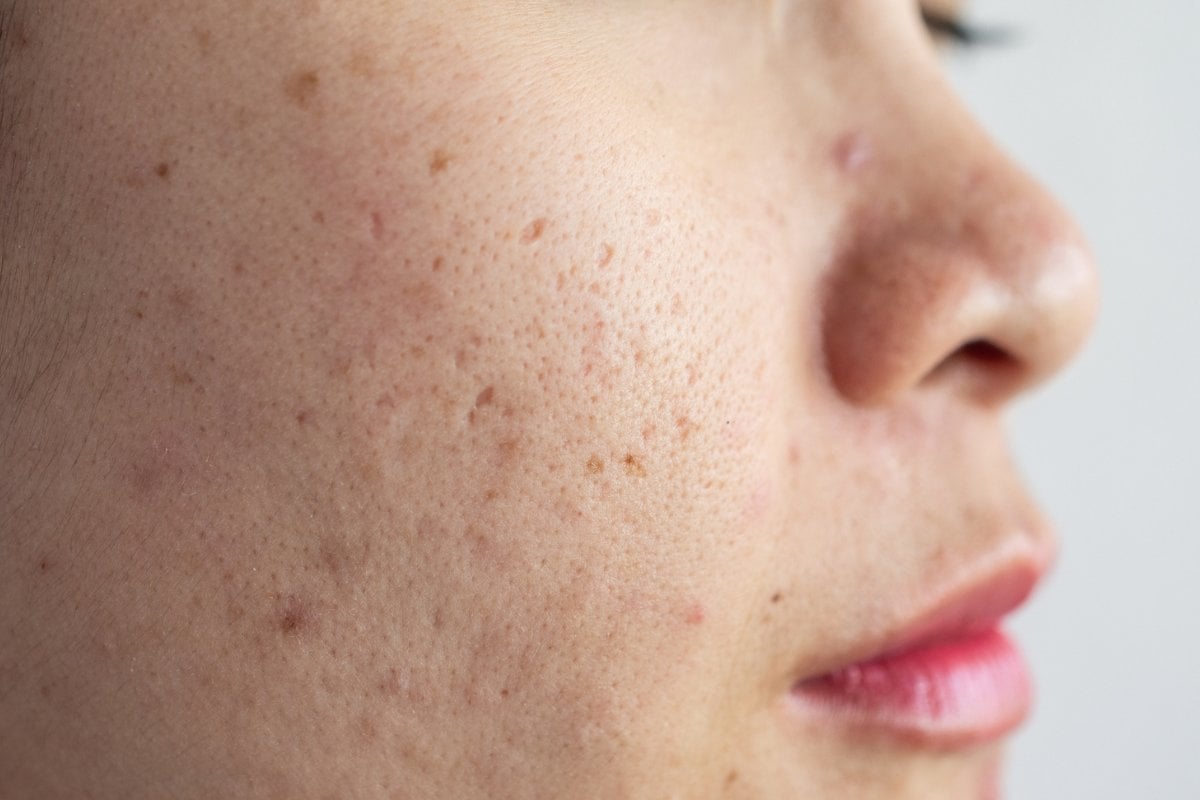
On top of having to deal with the dreaded mood swings, stomach cramps, bloating and headaches while on your period, you're probably familiar with rogue pimples that pop up on your jawline just before your period.
Hello, 'period face'.
Then, less visible — albeit still incredibly frustrating — is the bout of flaky and dry skin that also occurs throughout your cycle, which is then followed by uncontrollable oil production.
In short, it's complexion chaos.
"Hormonal fluctuations during our menstrual cycle can impact our skin," cosmetic doctor Dr Yalda Jamali Epios Cosmetic Clinic explained.
It's a direct correlation of the levels of oestrogen, progesterone and testosterone that are constantly fluctuating, causing our skin to ebb and flow in different states.
Watch: If your period was a person. Post continues below.
So, is there a way of keeping your complexion looking and feeling its best? And can you pre-determine what will be on your skin's agenda?
Well, just like your body requires certain nutrients during different phases of your cycle, your skin also needs different treatments and products. This might mean using a heavier hydrating cleanser and moisturiser that addresses dullness and dryness at the start of your period but then switching to clarifying products with actives and acids towards the end of the month.